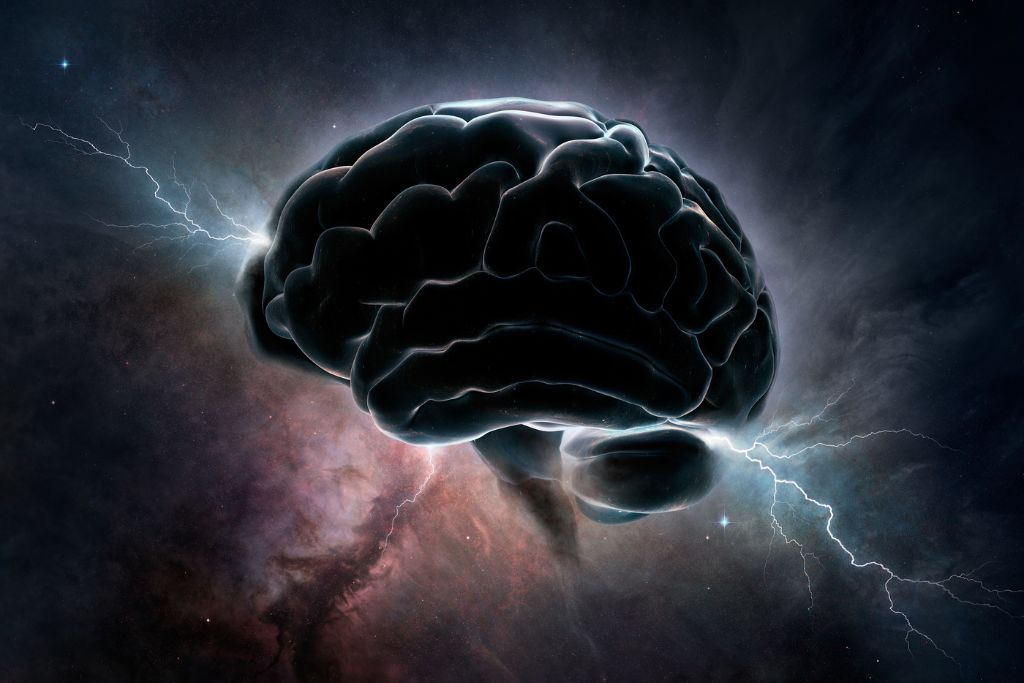Unveiling the Mysteries of Brain Cells: How Autophagy Dysfunction Starves Them of Energy
Have you ever wondered how the tiny building blocks of our brain, the brain cells, function and impact our daily lives? Well, hold on tight because we’re about to take an incredible journey through the world of brain cells! In this comprehensive article, we’ll explore everything you need to know about these vital components of the human brain – from the basics, and real-life examples, to an analysis of a cutting-edge study on autophagy dysfunction.
An Introduction to Brain Cells – Where It All Begins
Let’s start with the fundamentals – what are brain cells? Brain cells, also known as neurons, are specialized cells that transmit information through electrical and chemical signals. They form elaborate networks with other neurons, allowing our brains to perform tasks with lightning speed and astonishing efficiency. Moreover, there are approximately 86 billion neurons in the human brain, which is more than 10 times the number of stars in the Milky Way galaxy!
Imagine you’re trying to pick up a glass of water. In the blink of an eye, your brain cells send and receive countless signals that enable you to perceive the glass, register its location, and successfully grasp and lift it. This seemingly simple action exemplifies the extraordinary power of brain cells to coordinate our thoughts, movements, and sensations.
The Cast of Characters: Different Types of Brain Cells
Now that we have a basic understanding of brain cells, let’s dive into the different types. The two main categories are neurons and glial cells. Neurons, as mentioned earlier, are responsible for transmitting information throughout the brain. Glial cells, on the other hand, play a supporting role by providing nutrients, maintaining homeostasis, and insulating neurons to speed up signal transmission.
Here’s a fun analogy: if neurons are the stars of the show, glial cells are the behind-the-scenes crew that ensures everything runs smoothly. Within these two categories, there are various subtypes with unique functions, such as sensory neurons, motor neurons, and astrocytes, among others.
Brain Cell Connections: The Power of Synapses
So, we’ve met the actors, but how do they communicate? Enter the synapse – a tiny gap between two neurons where they exchange information. When one neuron sends an electrical signal, it releases neurotransmitters (chemical messengers) across the synapse, which then bind to receptors on the receiving neuron. This process enables rapid and precise communication between billions of brain cells.
A real-life example of synapses at work is the infamous “fight or flight” response. When faced with a potential threat, your brain cells exchange numerous signals in a matter of milliseconds, triggering a cascade of physiological responses that prepare your body to either confront or flee from the danger.
Maintaining Balance: The Role of Autophagy in Brain Cell Health
As we’ve seen, brain cells are essential to our daily lives, but how do they stay healthy and functional? One vital process is autophagy, a cellular “clean-up” mechanism that eliminates damaged components, such as proteins and organelles. This recycling process helps maintain cellular balance, ensuring your brain cells continue to operate efficiently.
However, in some cases, autophagy can become dysfunctional, leading to a myriad of health problems, including neurodegenerative diseases like Alzheimer’s and Parkinson’s. Recently, a breakthrough study shed light on how brain cells are starved of energy in autophagy dysfunction.
Autophagy Dysfunction and Brain Cells: A Step-by-Step Guide
Here, we’ll take you through the findings of this groundbreaking study, detailing the step-by-step process of how brain cells are starved of energy when autophagy goes awry.
The study first observed that brain cells with autophagy dysfunction began to accumulate damaged proteins and organelles, which normally would have been cleared away by a healthy autophagy process.
- As these damaged components continued to amass, they disrupted the cell’s energy-producing structures called mitochondria.
- With the mitochondria impaired, brain cells were unable to generate sufficient energy to maintain optimal functioning.
- This energy deficiency ultimately led to the death of the affected brain cells, contributing to the degeneration seen in neurodegenerative diseases.
- This fascinating study not only provides a deeper understanding of the link between autophagy dysfunction and neurodegenerative diseases but also highlights the importance of maintaining healthy brain cells through efficient autophagy.
Conclusion: The Magnificent World of Brain Cells and Beyond
As we’ve explored in this article, brain cells are truly remarkable. From their intricate structure to their diverse functions, these tiny building blocks are critical to our everyday lives. By understanding how brain cells function, communicate, and maintain their health, we can appreciate their incredible complexity and resilience. Moreover, cutting-edge research on topics like autophagy dysfunction helps us unravel the mysteries surrounding neurodegenerative diseases and paves the way for potential treatments and therapies.
In conclusion, brain cells are truly extraordinary, and we’ve only just begun to scratch the surface of their potential. So, the next time you pick up that glass of water or react to a sudden scare, take a moment to marvel at the incredible world of brain cells.
latest video
news via inbox
Nulla turp dis cursus. Integer liberos euismod pretium faucibua






